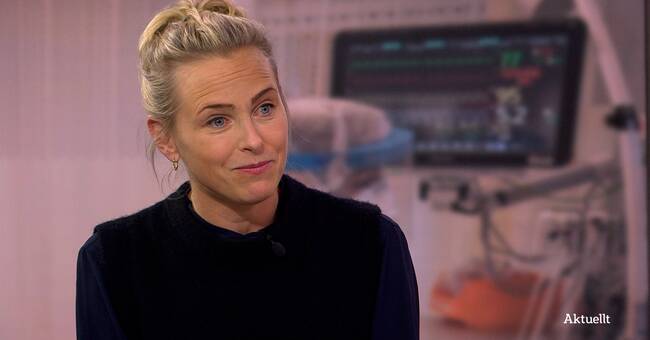Currently, about 350 patients with covid-19 are cared for in regular wards - an increase of 64 people since last week.
There are 56 people in intensive care - an increase of 13 people since last week.
Even though the number of patients is still far from the top levels almost a year ago, the growing pressure has still become noticeable for healthcare, Karin Hildebrand explains.
- It must be remembered that we used to go with full departments even before covid.
We have a low number of IVA places, among the lowest in Europe, so the smallest increase matters, she says.
If the increase in patients continues in this way, what do you see in front of you then?
- It is very worrying if it continues up at the same pace, there is a tired tired working group in the hospitals now.
- It is not primarily a pity about us but about the patients who need us if we are tired.
Three categories of patients
There are mainly three categories of patients that are currently found in the intensive care units, Hildebrand explains.
The largest group consists of unvaccinated people aged 40-50 years.
In addition, there are also elderly, fully vaccinated, but fundamentally ill patients.
The third category consists of people who for various reasons have not received an effect of the vaccine, for example due to transplants or ongoing cancer treatment.
Despite partially improved treatment methods, the mortality rate for those who end up in IVA is still at about the same levels as they did during the entire pandemic, according to Hildebrand.
- We are less afraid, more confident in decisions and know the disease better, but the results are not so much better once you end up on IVA.

